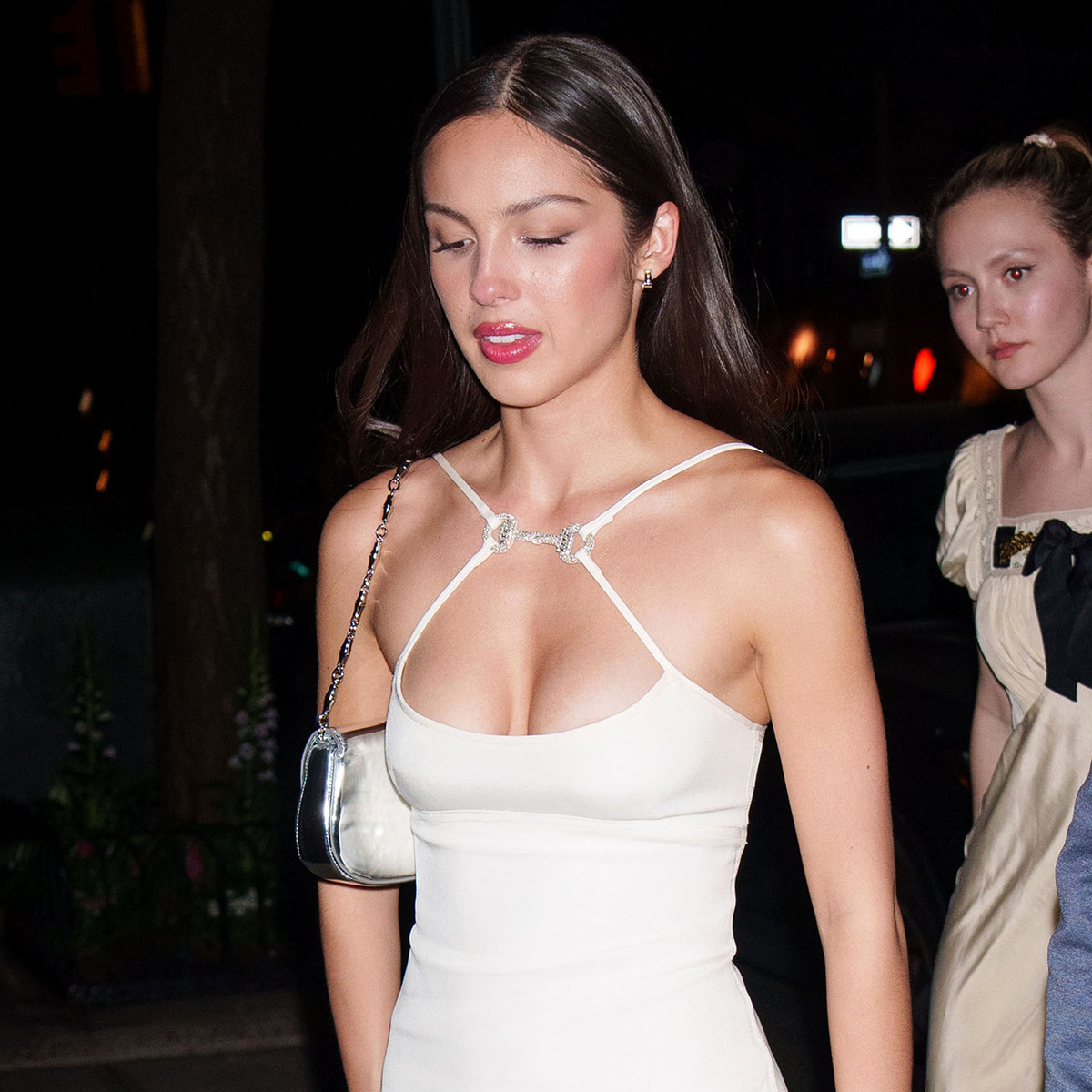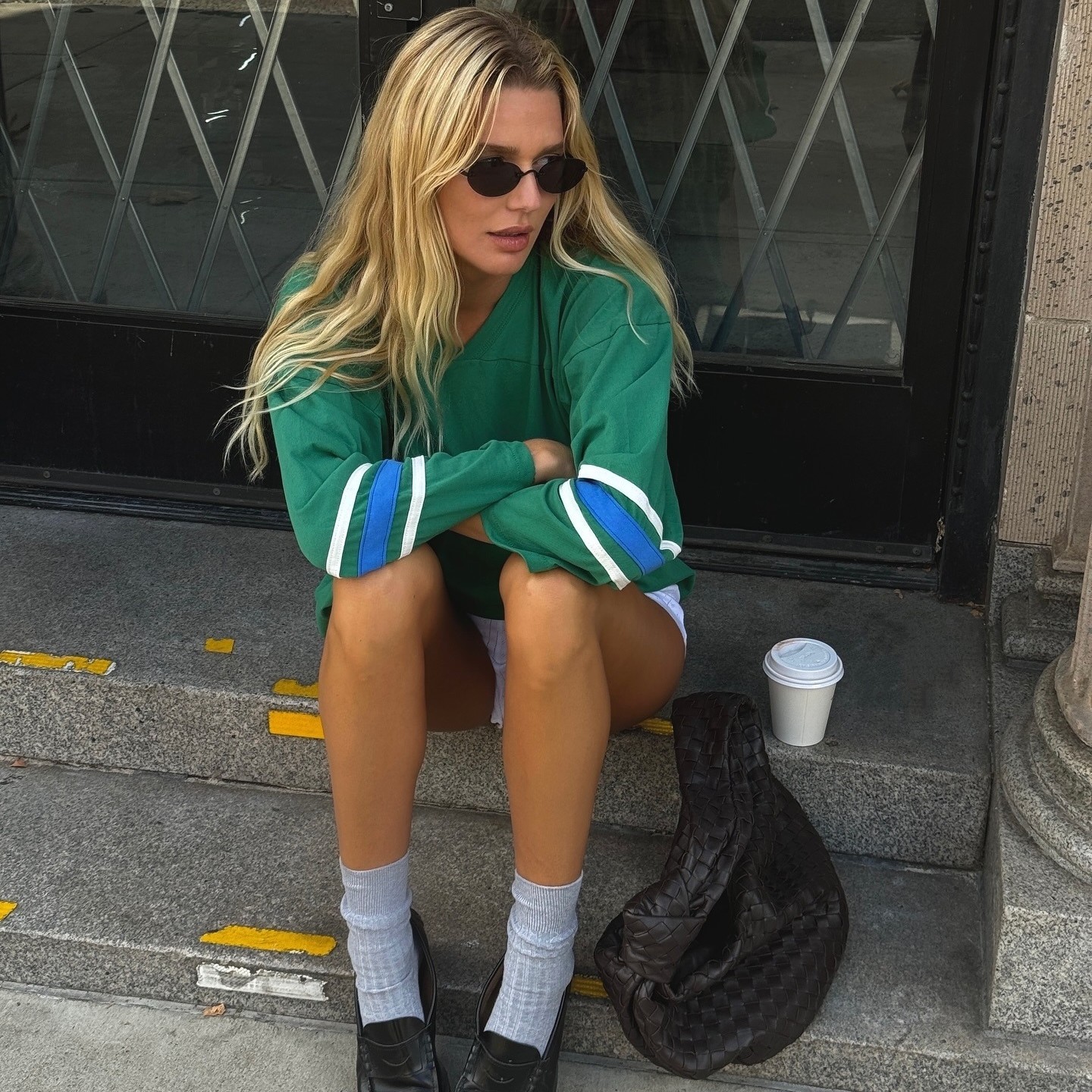The Female Content Creators Ushering In a New Era of Formula One

Anyone who’s sat down on Sunday to watch a Formula One race will tell you that, no matter your preferred channel or the country you’re tuning in from, there aren’t very many women in the frame. Currently, 20 men race on the grid for 10 teams, all helmed by male team principals. In the sport’s 74-year history, only five women have driven in F1, the last of whom, Lella Lombardi, drove from 1974 to 1976. Despite efforts by female drivers like Giovanna Amati, Desiré Wilson, Susie Wolff, and Jamie Chadwick, the grid has remained wholly dominated by men ever since.
Off the track, however, a handful of women have led the charge. After multiple appearances during practice sessions in 2014 and 2015, Wolff retired from racing to launch Dare to Be Different, a campaign designed to increase female participation in all aspects of motorsport. Later, she became the team principal of the Venturi Formula E team before being designated the managing director of the newly developed all-female driver category, F1 Academy, where she’s in charge of preparing young female drivers for a competitive future in motorsport. Natalie Pinkham has been a member of the Sky Sports F1 commentary team since 2011 and is one of three members of F1 Nation, F1’s official podcast that she hosts with Damon Hill and Tom Clarkson.
Also on the Sky Sports F1 team is Rachel Brookes, a longtime TV presenter and journalist, and Laura Winter is one of the leading broadcasters and presenters for F1 TV and the host of the sports podcast Lessons Learned. In 2022, former W Series driver Naomi Schiff joined Sky Sports F1, where she’s now a full-time presenter and analyst. On the pit wall, Oracle Red Bull Racing’s principal strategy engineer, Hannah Schmitz, is lauded as one of the grid’s greatest strategists. After the 2022 Monaco Grand Prix, the team’s motorsport advisor Helmut Marko stated, "We were all exceptional, but if we won, it was mainly due to Hannah.”
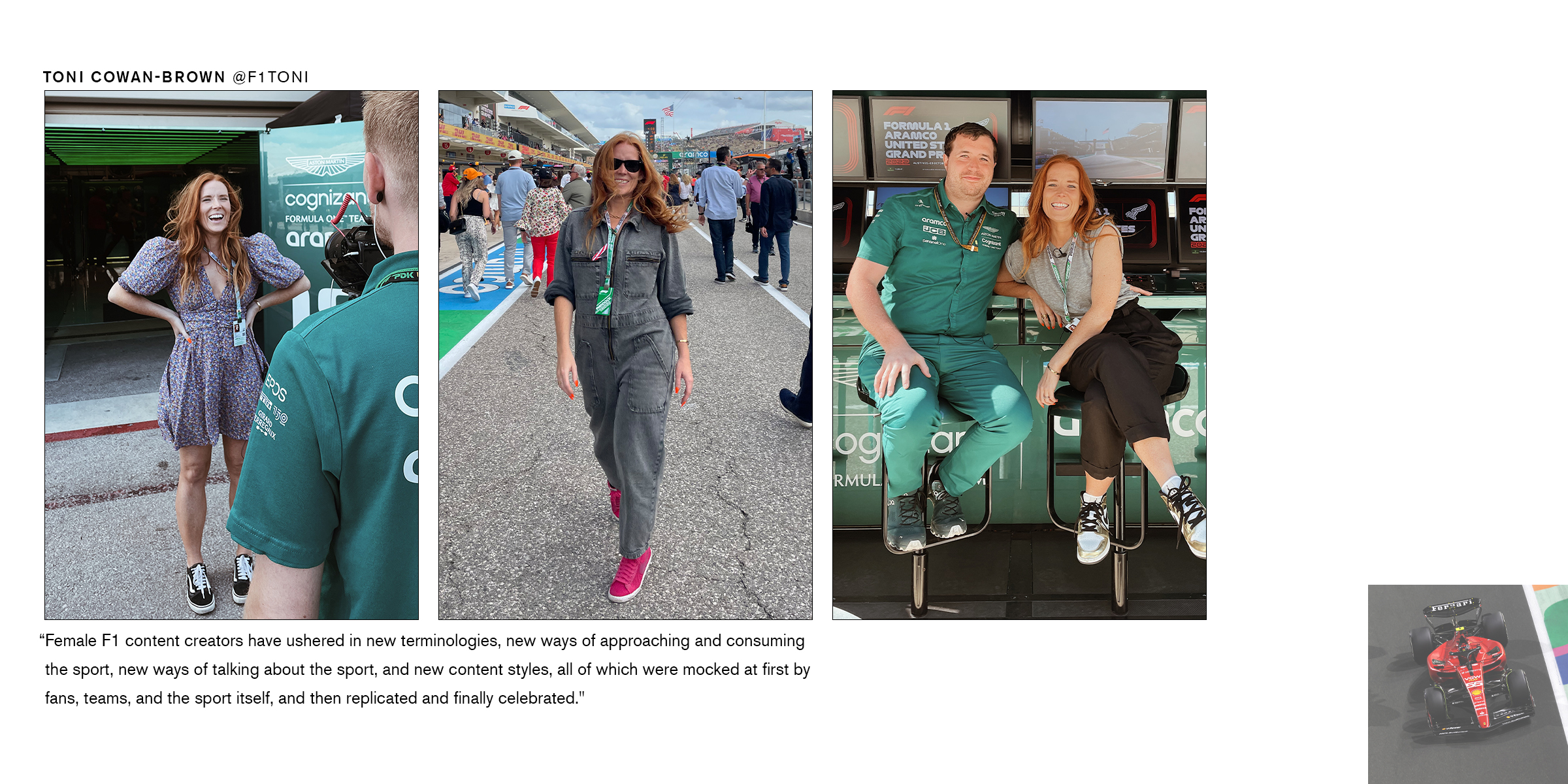
These women set the stage for a new era in F1, one that—despite an abundance of pushback from change-fearing fans and a significant lack of representation—is, in many ways, dominated by women. But rather than a racing car, the women currently making their mark on the sport work from behind screens, on platforms like Instagram, Twitch, and, most significantly, TikTok. Even without a seat or, in some cases, any official credentials, it hasn’t taken long for their impacts to be felt across the internet and inside the moving walls of the F1 paddock.
"Female F1 content creators have ushered in new terminologies, new ways of approaching and consuming the sport, new ways of talking about the sport, and new content styles, all of which were mocked at first by fans, teams, and the sport itself and then replicated and finally celebrated,” Toni Cowan-Brown, 38, says. Cowan-Brown is a longtime fan of F1, but it wasn’t until 2020 that she made the transition from fan to content creator after publishing her first F1 video on TikTok. Since then, Cowan-Brown has amassed more than 100,000 followers on her F1 TikTok page, @F1Toni, where she shares both educational and entertaining content surrounding the media and culture of F1. One of the major methods she’s used to shift the way audiences think about and consume the sport is through her simple and easy-to-grasp Guide to F1, which she first developed for her friends who weren’t ready to watch hundreds of races in order to learn about F1. Realizing that her original guide was too long for even her friends to read through, Cowan-Brown decided to divide it into bite-size pieces for content, putting them on the taking-off TikTok platform. “I realized that people enjoyed going on this research and discovery journey with me and that the gap I was filling was this desire for knowledge and learning,” she says.
Those who weren’t raised on the sport but who grew into fandom thanks to its increased representation in popular culture (a result of Netflix’s wildly successful docuseries Drive to Survive, Lewis Hamilton’s presence in music and fashion, and the rise of F1 content creators) could be easily turned off from the sport due to information overload, especially given its existing fan base’s reputation of being harsh on newcomers—particularly female newcomers. Cowan-Brown’s Guide to F1 and the videos associated with it make it easy for new fans to get acquainted with F1 in a judgment-free zone. “I’m hoping to break down some of the stereotypes in this space and the toxic traits we are seeing with certain fans who think the sport belongs to them because they can name every race Michael Schumacher won,” she says. “There is no one way to be a fan—that’s the beauty of fandoms.”
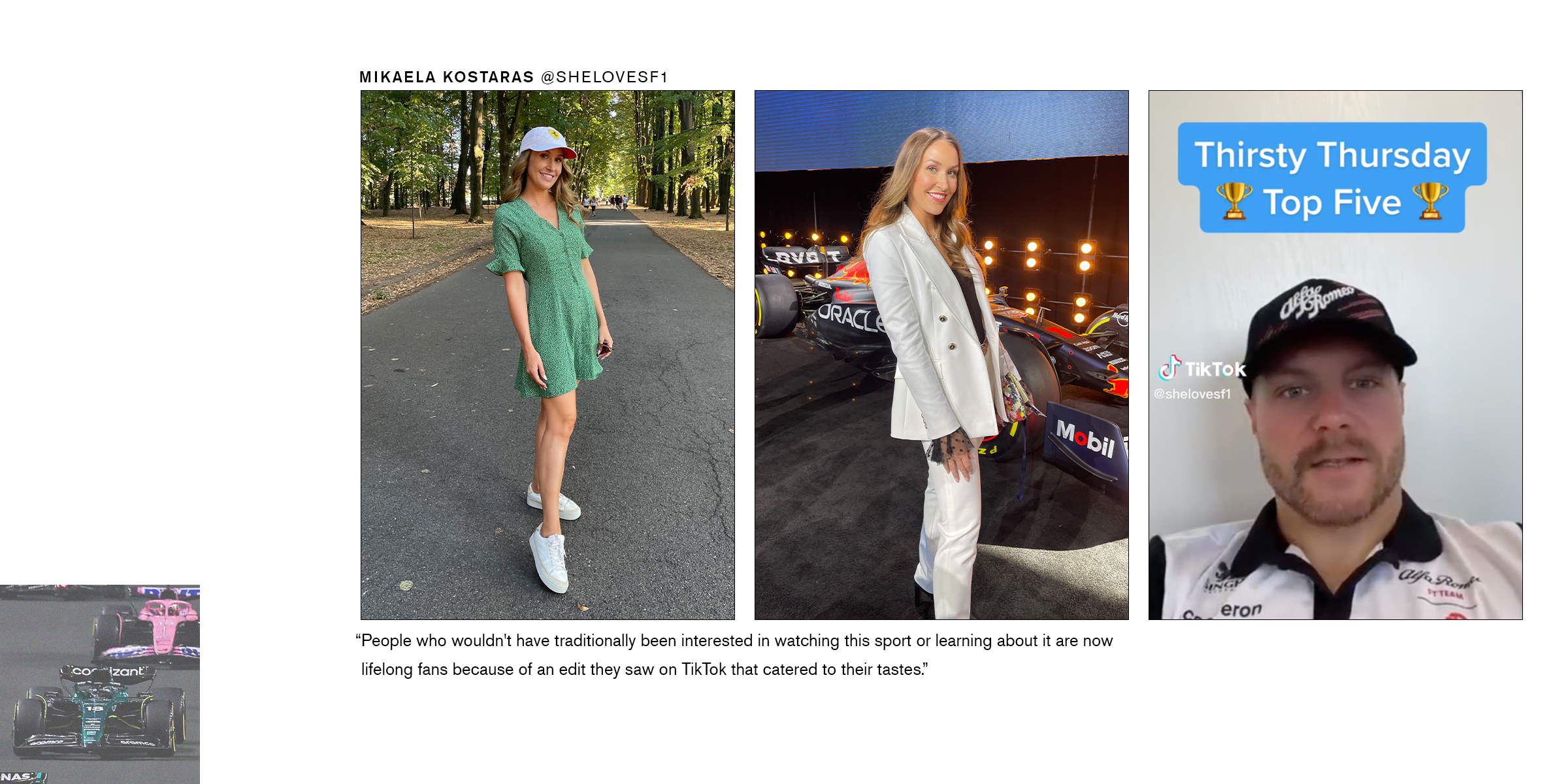
Mikaela Kostaras, 34, felt this exact judgment from a fan’s perspective when she attended the 2021 United States Grand Prix in Austin, Texas. Despite the noticeable increase in female attendance post–Drive to Survive—she became a fan of F1 in 2011 and had attended races prior to the Netflix show’s release—she quickly became frustrated by how many attendees attempted to invalidate her throughout the weekend. “From the moment I stepped off the plane until the moment I returned home, I had to constantly ‘prove’ myself as a fan,” she says. “Surely, as a woman, I was only there because the drivers are good-looking, not because I enjoyed the racing, competition, and all of the things that make F1 so thrilling on-screen and in person.” To her, the consensus seemed to be that, in the eyes of the sport and its established fan base, a woman’s interest in F1 was strictly vanity-based.
Upon returning home to San Diego after the race, Kostaras created the TikTok account @SheLovesF1, where all different types of fans would feel welcomed and empowered to celebrate the sport she’d loved for the last decade. “I don’t think it matters why or how someone is a fan of something, so long as they are being respectful, and I felt there needed to be a space where being a fan—for any reason at all—was accepted,” she explains. “The goal of She Loves F1 has always been to create a wickedly fun, hilariously sassy, ridiculously intelligent, and powerfully badass community where people feel comfortable being themselves, having opinions, and meeting friends all around the world for the sake of a shared passion of F1.” With more than 100,000 followers and counting, it appears to have worked.
@lissiemackintosh "When they go low, we go high" 🏁❤️ #f1 #formula1 #formulaone #mexicogp #anydrivenmonday #skysports #womeninsports #f12022 #raceday #raceweek #naomischiff #f1news #f1updates #f1memes #fyp #foryou #cars #drivers #brazilgp #abudhabigp #sillyseason #mclaren #ferrari #redbull #mercedes #motorsport
♬ original sound - LISSIE
Making the transition from F1 fan to content creator as a woman in no way halts this kind of treatment. Rather, it adds to it. “It’s been tough in many ways,” says Lissie Mackintosh, 24, who started out as a content creator before being recruited into F1’s presenting team for the 2022 season. She’s now the lead pit lane and paddock presenter for Track TV. Just like Kostaras and Cowan-Brown, Mackintosh says she sometimes feels, as a young woman in motorsport, that she constantly needs to prove herself in order to warrant respect. “There have been times when I have been hugely undermined, both online and in real life, and online, it can be much worse because people can hide behind their keyboards,” she says. “I have been told too many times to stay in the kitchen or explain what DRS is in front of a large group, but I remember that I need to use it to fuel me. What I’m doing is so much bigger than hateful or small-minded people.” According to her, “the sport would not run without women,” yet so many of the women who play pivotal roles in F1’s success continue to face opposition.
This treatment is worsened tenfold when creators use their platforms to speak about gender-related issues that have long existed in the sport. Cowan-Brown says that at the beginning of her TikTok journey, she purposefully created somewhat “vanilla content” that was based solely on facts in order to avoid being met with adverse reactions. “When I started being more vocal about the treatment I was seeing of young female fans creating forward-thinking and very different content, then I started seeing backlash,” she says. “When I voice opinions about [things like] gender-bland sexism, I get pushback. What’s interesting is any time a woman talks about issues that affect women, the men (really, they are trolls) all come out to play.”
@shelovesf1 are all fans treated the same in this space? #stopf1hate #f1fangirlsunite #landonorrisfangirl❤️ #shelovesmclaren #shelovesf1
♬ original sound - she loves f1
What the content is doesn’t always matter. If made by a female content creator, it will oftentimes be subject to ridicule at a much higher degree than content created by non-female creators. Kostaras discussed this in a video published last year, specifically talking about the difference in comments received when she wrote that McLaren driver Lando Norris was “entering his model era” compared to those found below a post his team published with the same caption. “When a woman says [a driver is] entering his model era, a lot of people are going to look at her as an illegitimate fan—a crazed fangirl,” she says in the video. In contrast, the comment section on McLaren’s post consists mostly of thank-yous and fire emojis. Kostaras goes on to say that while she knows that not all women receive hateful and invalidating comments on their F1-related videos, a large number of them do, especially when it comes to “thirsty content” like the sort she often creates for She Loves F1.
“I hope that, by shining a light on the criticism many women receive while others are praised for talking about the same thing, it begins the conversation that will spark change in how women fans are perceived by their peers and community,” says Kostaras. For her, it shouldn’t matter what type of content you create, whether it’s an educational deep dive or a Thirsty Thursday roundup—women should be allotted the same amount of respect that their male counterparts consistently receive, no questions asked.
Despite the barrage of negativity they so often face online, female creators like Kostaras, Mackintosh, and Cowan-Brown are driving forces behind the democratization and personalization of F1, a shift that’s funneling an abundance of new fans into the sport. “Drive to Survive has been great at getting more fans involved, but it’s creators like myself who are constantly keeping F1 fans engaged and who have created lasting communities by bridging the gap between sport and fan in a personal, accessible way,” Mackintosh says. And she’s right. Drive to Survive releases a season once a year just ahead of the start of the F1 World Championship. The winter break, which goes from December until March, is a long, dry period of time when on-track action ceases to exist and practically everyone involved in the sport goes silent—but not creators.
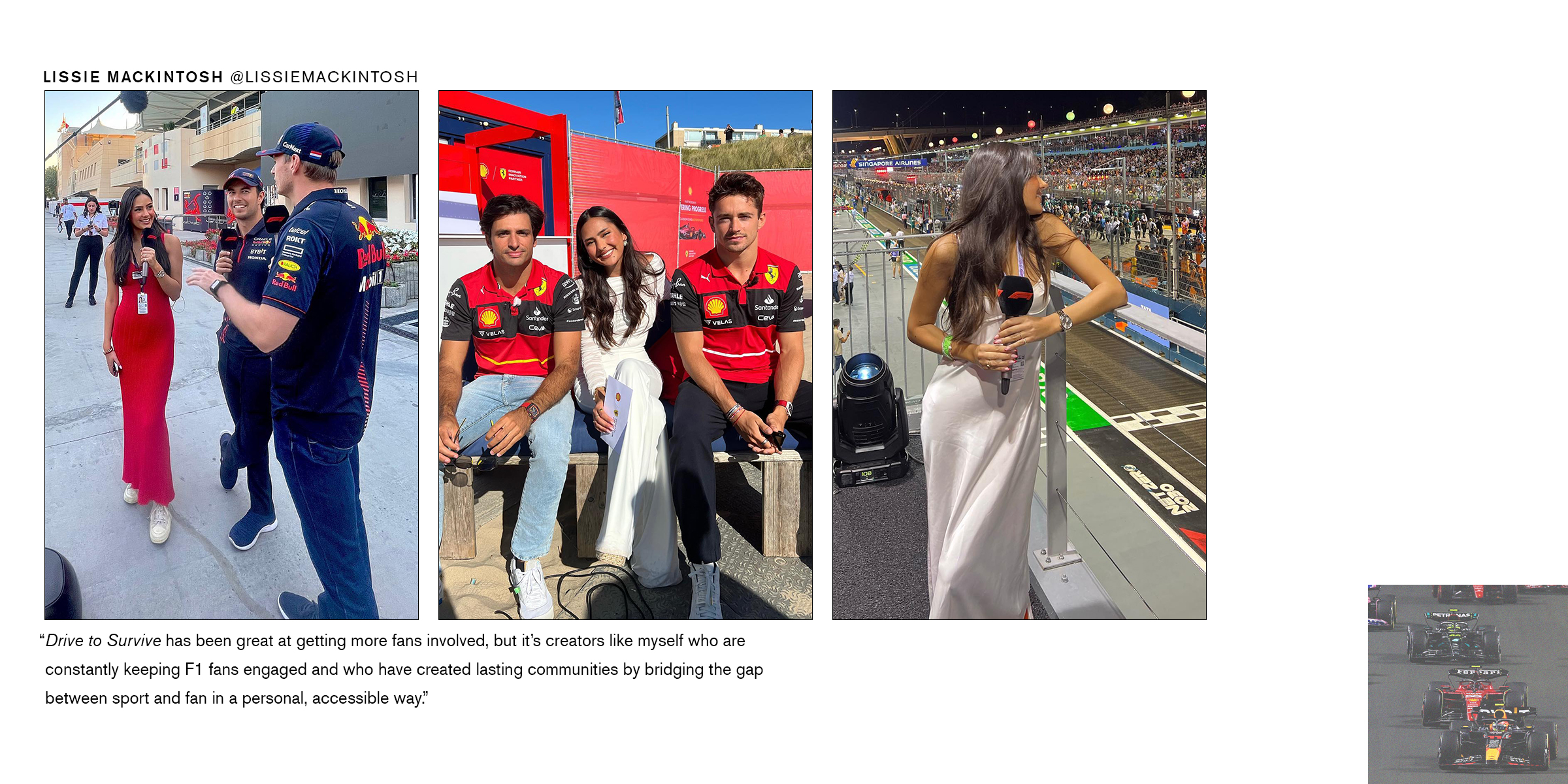
During that period, creators like Kostaras fill their feeds with engaging, funny, and mostly driver-related content that gets—and keeps—fans excited about the season that’s coming. That way, when the winter break does eventually end, everyone tunes in for that first race in Bahrain. When a new season starts and the content on our screens turns to race statistics and technical analyses, female creators leverage the followings they’ve gained during the off-season to provide something different from what’s on TV. “Content creators like myself who focus on the creator ecosystem surrounding F1 and personalizing the drivers and the sport offer a new perspective that [isn’t otherwise being] captured,” Kostaras says. All in all, she believes that creators have helped to cast a wider net of eyes in the F1 space. “People who wouldn’t have traditionally been interested in watching this sport or learning about it are now lifelong fans because of an edit they saw on TikTok that catered to their tastes,” she adds.
This is not lost on drivers or their social media teams, almost all of whom have embraced this lighthearted and highly personal marketing technique that’s primarily been utilized (quite successfully) by female F1 content creators. “Female creators have done a lot for the relevancy of certain drivers,” Cowan-Brown says. “It was so obvious last year in this [Fernando] Alonso interview how much he really wanted the relevancy that young female fans were offering to other drivers, but he didn’t quite have it in him to respect this fan base yet.” The difference between Alonso and drivers such as Charles Leclerc, Esteban Ocon, Pierre Gasly, Lando Norris, Carlos Sainz, Valtteri Bottas, and Hamilton who were receiving significantly more attention on social media was their engagement on various social media apps. “[Alonso has] turned a corner this year by meeting them where they are at and letting loose on social platforms like TikTok,” says Cowan-Brown. In turn, his popularity has skyrocketed, with his first video garnering 2.2 million views.
@f1toni #stitch with @f1elly content creators are offering so much to this sport and F1 and some of you can’t seem to recognise this. #redbullracing #F1 #motorsports #educationtiktok #learnontiktok
♬ original sound - Toni
The biggest shift of all, though, especially for the financial success of female content creators, arrived when F1 teams began embracing the creator community. “I was invited to the Red Bull [car] launch in February [of 2023] and was impressed at the access we were given,” Kostaras says. “By being present at major events, content creators can do what they do best: create content that is going to have higher engagement because they know their audience better than anyone else!” According to her, She Loves F1 garnered a million impressions from the content she created around that event alone.
At the same launch, Twitch streamer and Oracle Red Bull Racing content creator F1 Elly published one of the most talked-about TikTok videos on all of F1 TikTok, featuring herself and current World Champion Max Verstappen doing a voiceover of Lola Brooke’s viral song “Don’t Play With It.” “Elly did more for Max’s likeability than anyone else has, and she did it in less than 15 seconds,” Cowan-Brown noted in a video posted in the days following. And she wasn’t exaggerating. In those 15 seconds, F1 Elly took a driver with a rock-hard shell and framed him in a humorous and playful light in front of the video’s seven million viewers. If teams needed any more proof of the effectiveness of building relationships with content creators, that short clip more than provided it.
Unfortunately, despite the futuristic nature of the cars on track, F1 remains, in many ways, stuck in the past. Though inviting female content creators to attend F1 events on behalf of teams and hiring them in full-time positions are moves that should be rewarded in spades and serve as examples for every team and department in F1, the sport as a whole still has a lot of work to do. “I don’t think there is any going back, but I do think the sport right now is in a discovery phase, trying to see what works and what doesn’t,” says Cowan-Brown. “It’s going to get a lot ‘messier’ in the coming years before F1 decides who it is, how it wants to be, and how to cater to a plethora of audiences.” In the meantime, you can count on female creators like Cowan-Brown, Kostaras, Mackintosh, and so many more to continue pushing F1 in the right direction, delivering inclusive content that’s designed to introduce new people to the sport and convince them to stay—primarily for the on-track action but also for everything that, if you know where to look on TikTok, comes with it, from She Loves F1’s famous Thirsty Thursday content to Mackintosh’s epic driver interviews. It’s all just a click away.
This story was published at an earlier date and has since been updated.
Eliza Huber is an NYC-based senior fashion editor who specializes in trend reporting, brand discovery, and the intersection of sports and fashion. She joined Who What Wear in 2021 from Refinery29, the job she took after graduating with a business degree from the University of Iowa. She's launched two columns, Let's Get a Room and Ways to Wear; profiled Dakota Fanning, Diane Kruger, Katie Holmes, Gracie Abrams, and Sabrina Carpenter; and reported on everything from the relationship between Formula One and fashion to the top runway trends each season. Eliza lives on the Upper West Side and spends her free time researching F1 fashion imagery for her side Instagram accounts @thepinnacleoffashion and @f1paddockfits, watching WNBA games, and scouring The RealReal for discounted Prada.
-
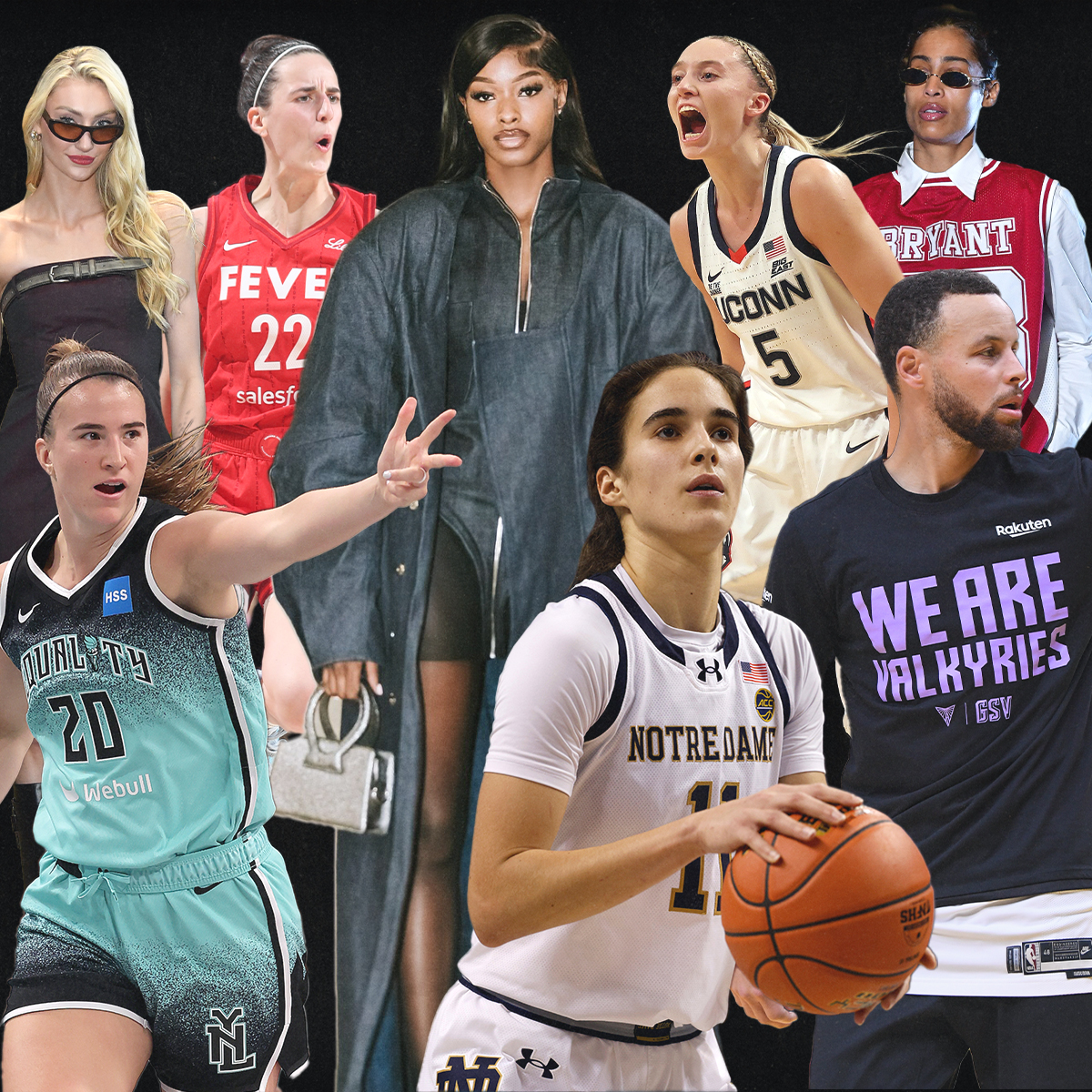 Everything You Need to Know Ahead of the 2025 WNBA Season
Everything You Need to Know Ahead of the 2025 WNBA SeasonFrom the league's newest additions to its juiciest storylines.
By Eliza Huber
-
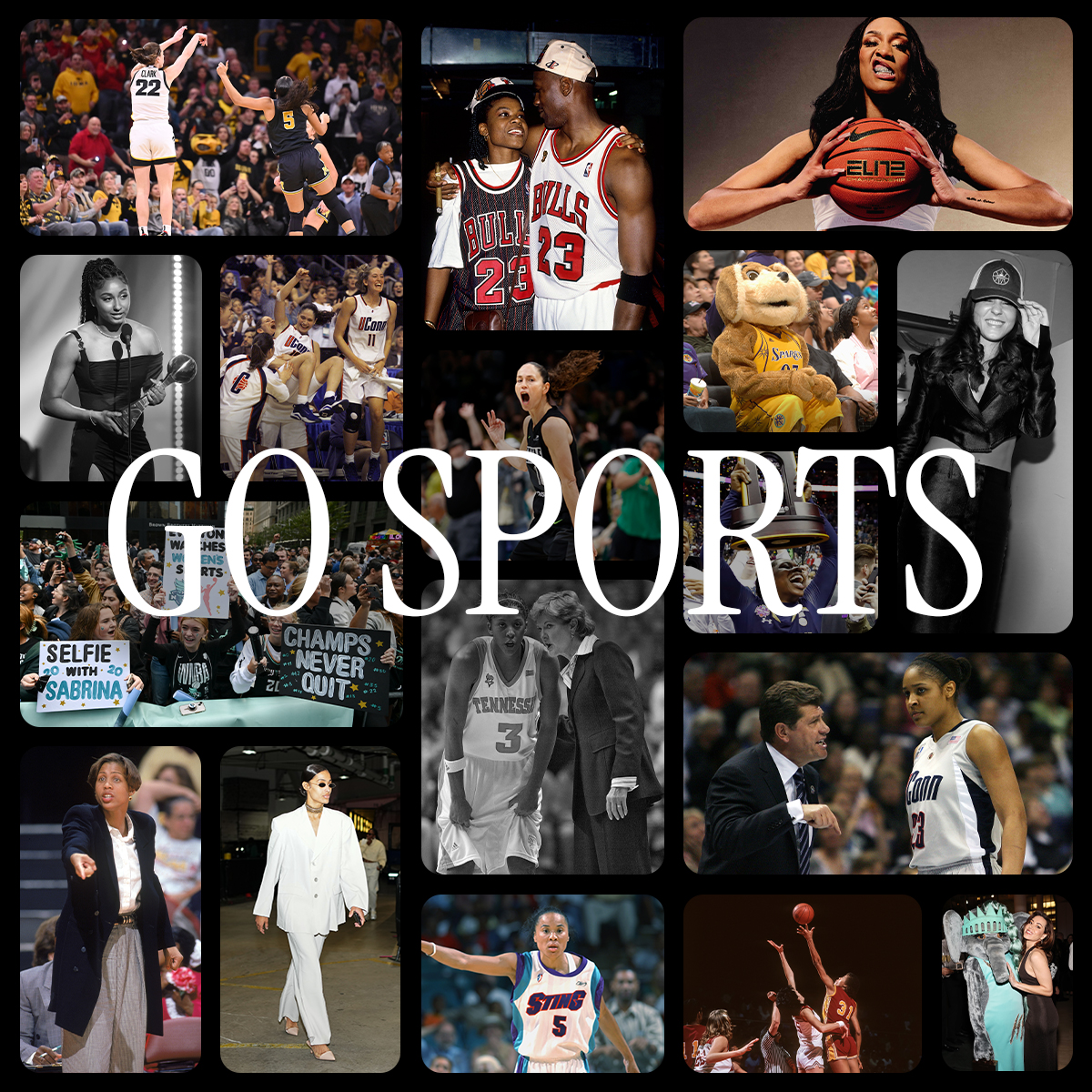 The Inaugural Go Sports Issue
The Inaugural Go Sports IssueIntroducing our quarterly sports x fashion hub. First up: A deep dive into women's basketball style ahead of the 2025 WNBA season.
By Who What Wear
-
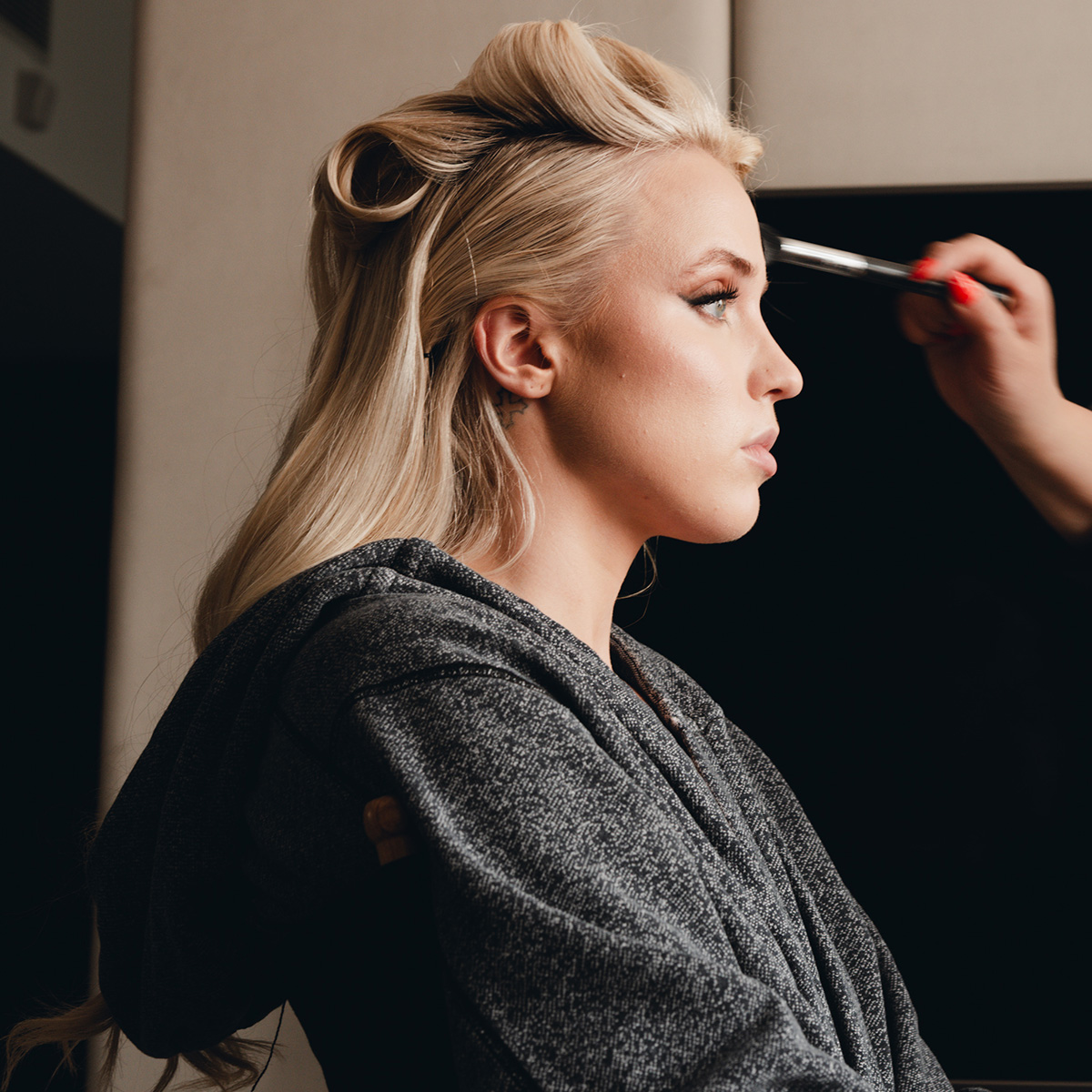 Hailey Van Lith Went Pro in Custom Coach, the Official Handbag Sponsor of the WNBA
Hailey Van Lith Went Pro in Custom Coach, the Official Handbag Sponsor of the WNBADetails inside.
By Eliza Huber
-
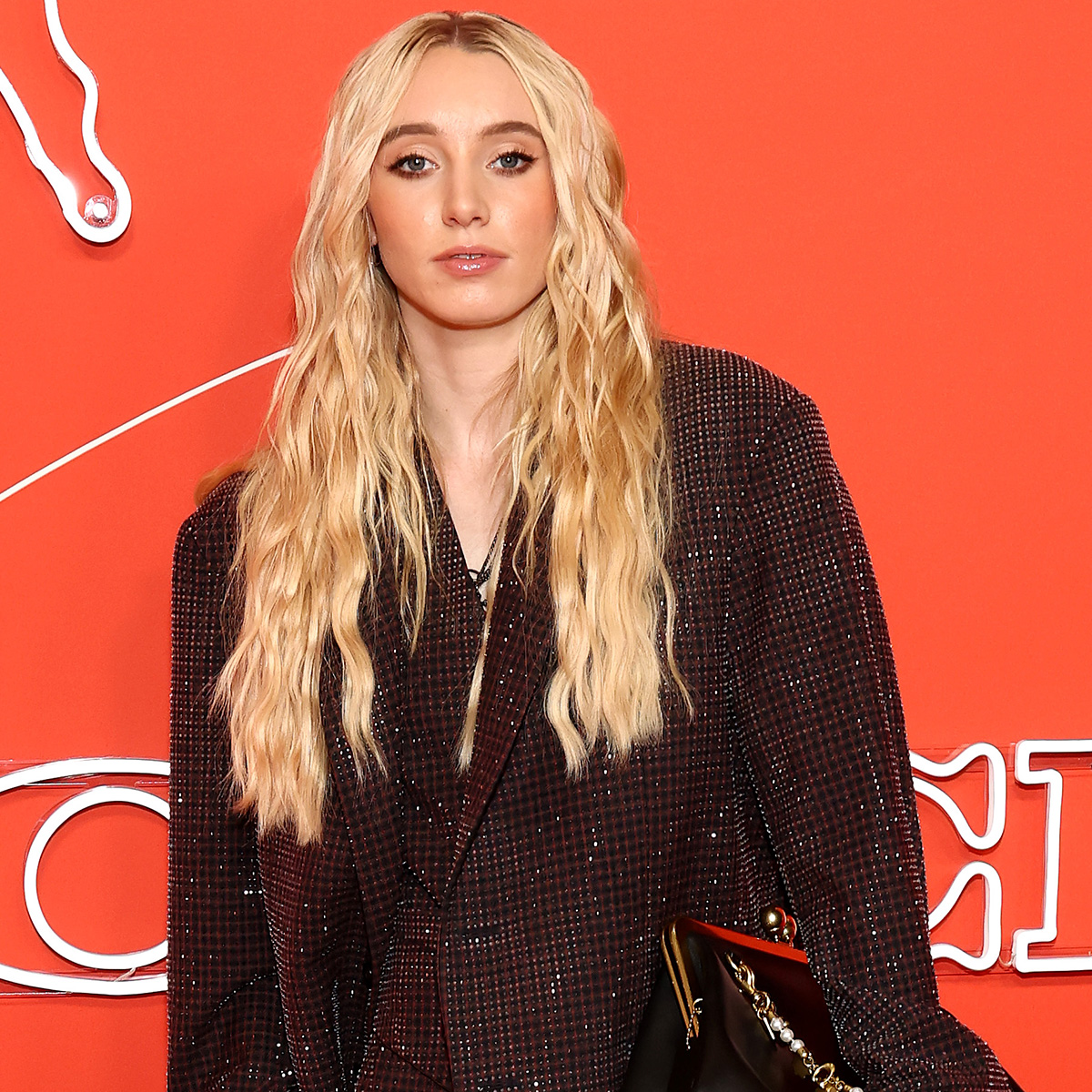 From Coach to Louis Vuitton, Meet the Chicest Looks From the 2025 WNBA Draft
From Coach to Louis Vuitton, Meet the Chicest Looks From the 2025 WNBA DraftLive from New York.
By Eliza Huber
-
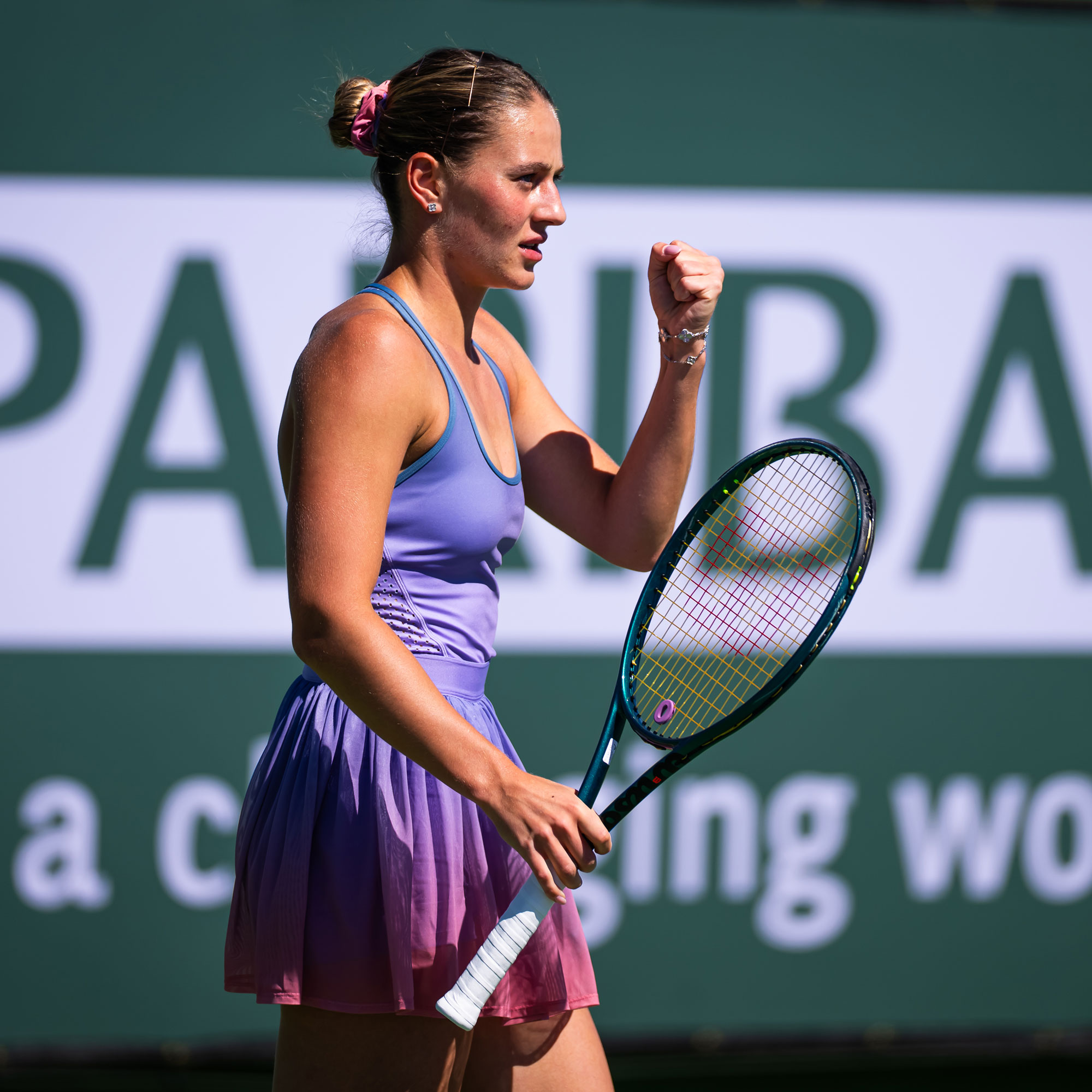 4 Trends All the Tennis Girlies Will Be Wearing in 2025
4 Trends All the Tennis Girlies Will Be Wearing in 2025According a top designer at Wilson.
By Erin Fitzpatrick
-
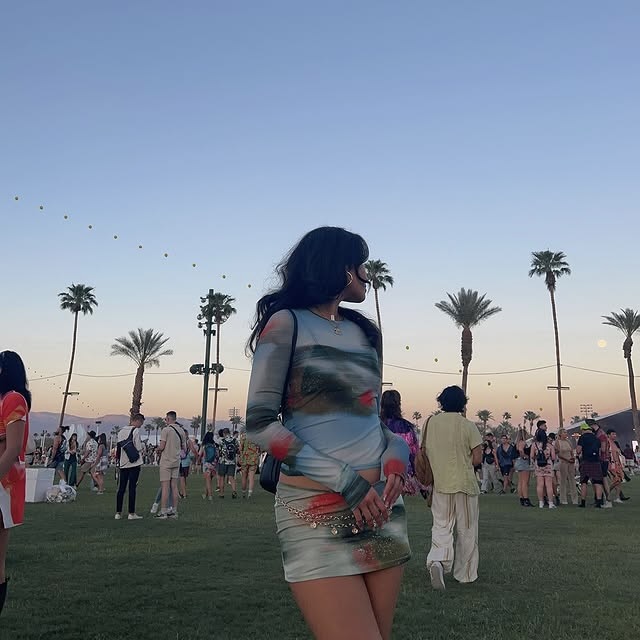 5 Trends You're About to See Everyone Wearing at Coachella This Year
5 Trends You're About to See Everyone Wearing at Coachella This YearThe desert is calling.
By Bailey Burke
-
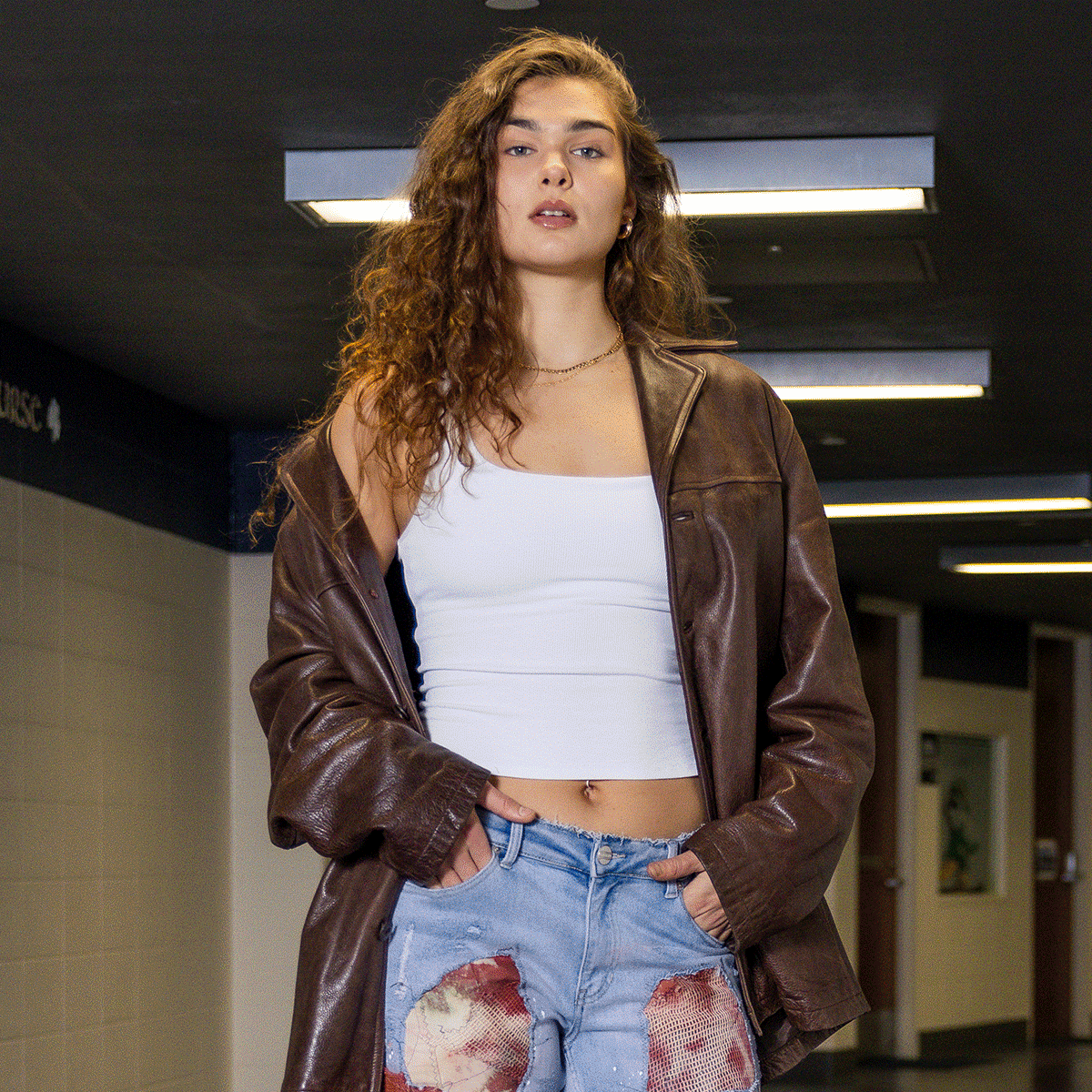 What Happens When College Basketball Embraces the Tunnel 'Fit?
What Happens When College Basketball Embraces the Tunnel 'Fit?I asked Notre Dame's Maddy Westbeld and Coach Niele Ivey.
By Eliza Huber
-
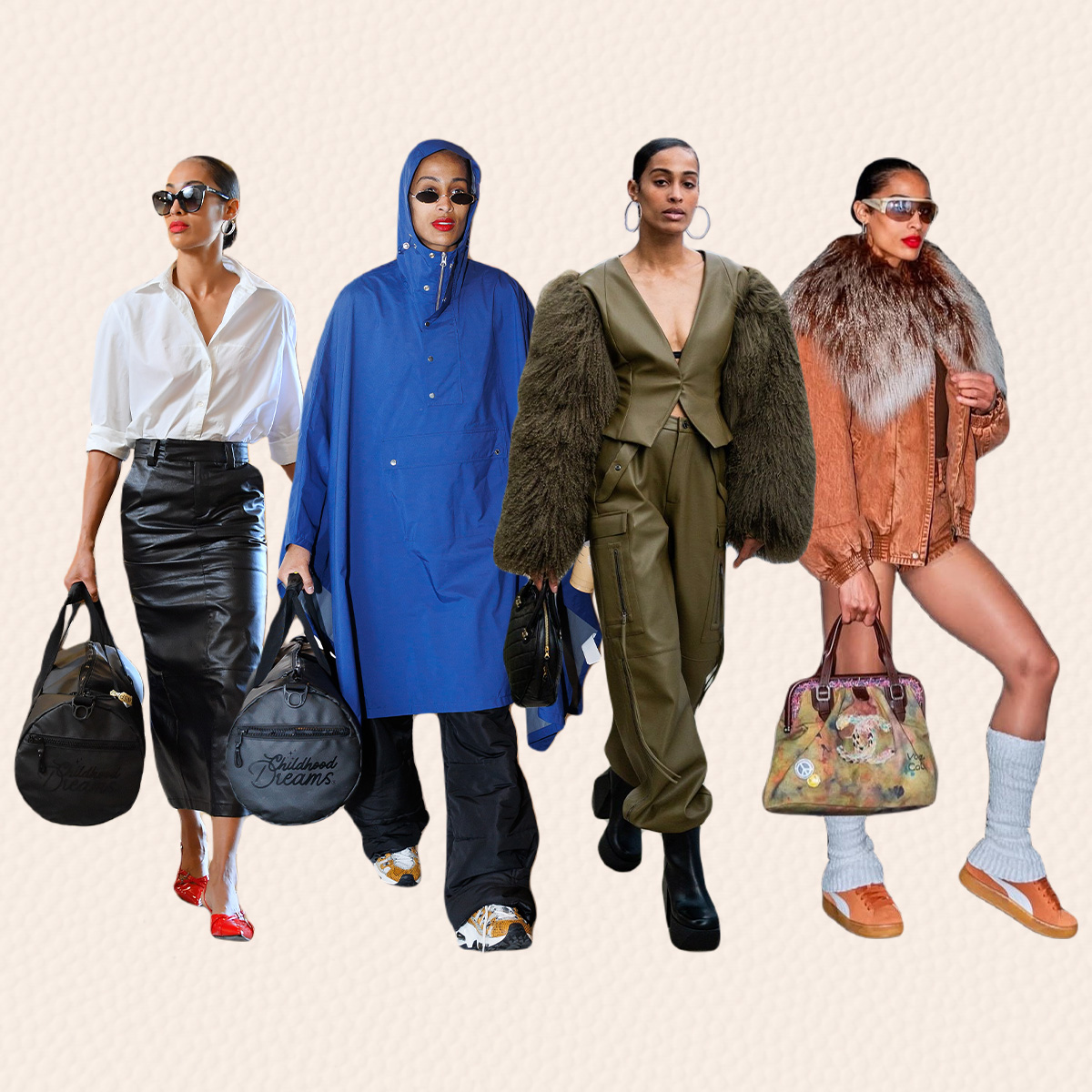 The Power of Styling in Sports
The Power of Styling in SportsIn conversation with Skylar Diggins-Smith and her stylist, Manny Jay.
By Eliza Huber
